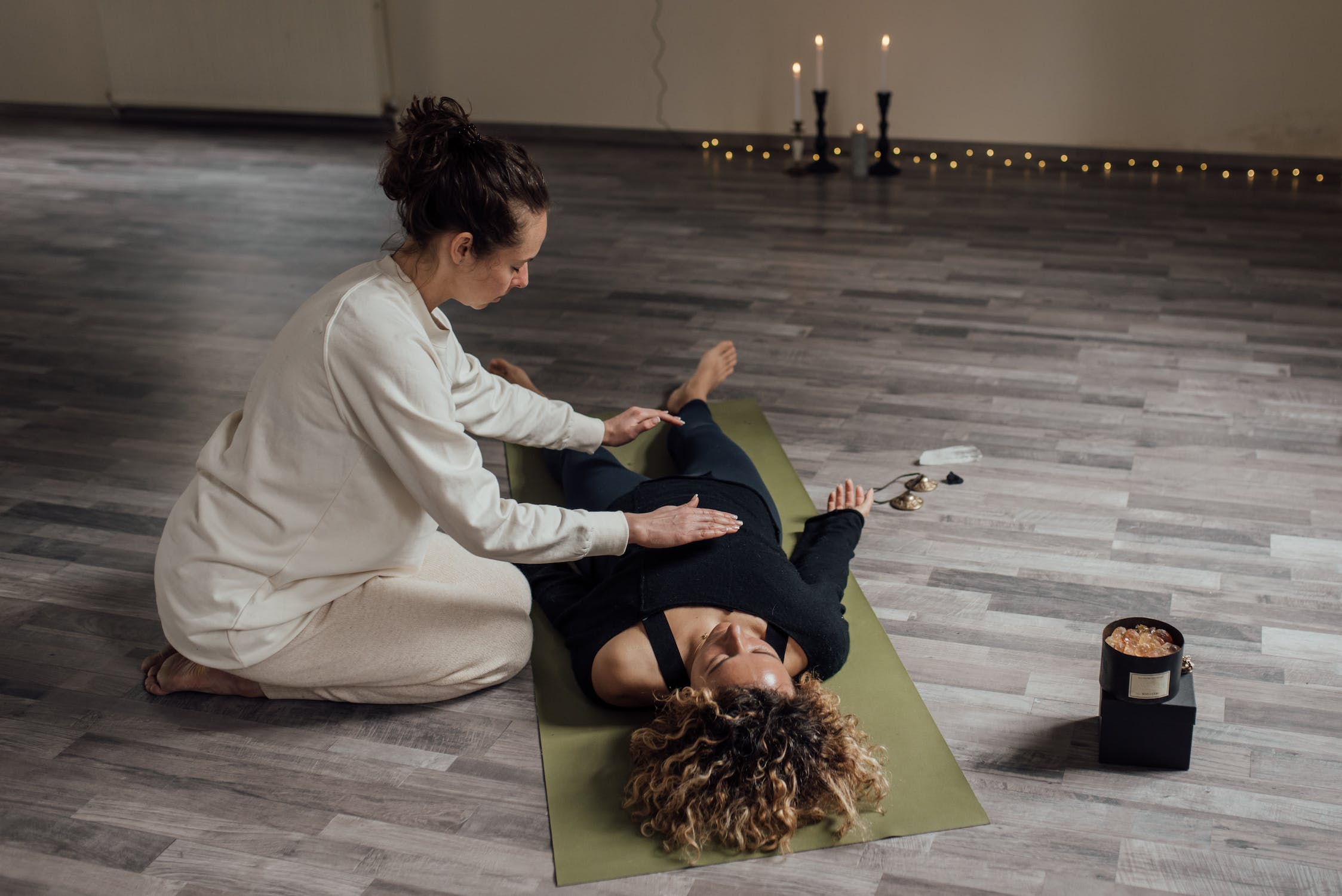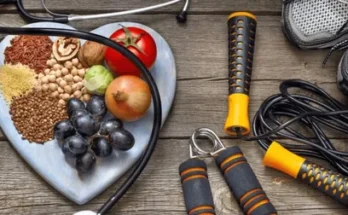Introduction
It can be difficult to find the right alternative therapy for your needs, especially if you’re new to the world of complementary and alternative medicine (CAM). The good news is that there are plenty of different options out there. In this guide, we’ll cover everything from Ayurvedic medicine to acupuncture and everything in between. We’ve also provided some helpful tips so you can get started on your journey toward holistic health.
Colon Cleanse Hydrotherapy
Colon cleanse hydrotherapy is a type of detoxification treatment that uses water, pressure, and gravity to flush out the colon. It’s often used as part of a holistic approach to improving health and well-being, particularly for people who suffer from digestive disorders.
One of the major benefits of colon hydrotherapy is that it can improve your body’s ability to absorb nutrients from food. This is because it helps eliminate waste matter in your large intestine, which can interrupt the absorption process. By removing toxins, you also reduce stress on your immune system, another way in which colon hydrotherapy can benefit overall wellness.
Colon hydrotherapy may be an option if you have constipation or other symptoms related to bowel irregularity (such as diarrhea), low energy levels, or difficulty sleeping due to indigestion or gas pains at night time (known as dysbiosis). However, if you have active bleeding anywhere inside your gastrointestinal tract then this may not be right for you until any bleeding has stopped completely (a few weeks). There are many reasons why someone might see no benefit from having a session; these include internal scarring caused by previous surgeries such as appendectomies or ectopic pregnancies which prevent the waste matter from being expelled effectively during each meal; severe dehydration where a fluid circulates through capillaries far too slowly preventing toxins coming up into circulation where they could be eliminated easily instead.
Acupuncture
Acupuncture is an ancient Chinese therapy that uses thin needles to unblock energy pathways. The needles are placed in specific points on the body and then removed after about 15 minutes. An expert like this acupuncture in Central Auckland will treat a variety of conditions, including pain and anxiety.
Copper Magnetic Therapy
- What is Copper Magnetic Therapy?
Copper magnetic therapy has been used for centuries to treat conditions such as arthritis, rheumatism, and pain. It is also believed to help improve circulation. The treatment involves a copper or stainless steel bracelet or anklet being placed on the body of the patient. The bracelet contains magnets that are supposed to be absorbed into the skin over time and provide healing benefits by attracting vital ions into the bloodstream where they can be used by different organs in the body.
- How does it work?
The theory behind this therapy is that wearing a bracelet will cause electrical impulses in our bodies; these impulses will then increase oxygen levels in our blood flow which improves overall health and well-being through increased energy levels. While there have been no scientific studies done on this type of therapy so far, some people say that it has helped them with various conditions including headaches, anxiety disorders (such as panic attacks), depression etcetera because these accessories can increase overall serotonin production which leads us back up again.
- Who can benefit from copper magnetic therapy?
If you are someone who experiences pain often due to an injury sustained at some point during your life then you might want to consider using copper magnetic bracelets because they may help relieve some pain while also improving circulation throughout your entire body! They’re especially good if you’re pregnant because they don’t contain any harmful chemicals like other types do which could harm both mother/child during the pregnancy period, so keep those babies safe.
Biofeedback
Biofeedback is a way to use technology to help you learn how to control your body’s processes. For example, it can be used to help people with heart conditions or chronic pain.
The therapist will put sensors on different parts of your body and show you what the signals are doing. Then they’ll teach you how to change them by taking slow breaths, relaxing tense muscles, and other techniques that calm your body down.
The goal is for the signals in your brain (called “autonomic”) to match with those coming from the sensors so that your body can relax and heal itself faster than normal.
Shiatsu
Shiatsu is a Japanese term that translates to “finger pressure.” It’s a form of massage therapy based on the principles of traditional Chinese medicine, which uses gentle pressure on acupuncture points and meridians or energy pathways to help balance the body’s flow of vital energy (called qi).
As opposed to Western massage techniques, shiatsu doesn’t involve deep pressure or stretching. Instead, it focuses on specific points along these energetic pathways to achieve its desired results. In addition to improving circulation and relieving stress and tension, shiatsu can also be effective in treating headaches and migraines as well as chronic pain conditions like fibromyalgia or arthritis.
Aromatherapy
Aromatherapy is a form of complementary and alternative medicine (CAM) that uses essential oils to improve health. There are many different types of aromatherapy, including massage or skin applications, baths, and saunas, inhalation through vaporizers, as well as ear drops. Essential oils are concentrated extracts of plants that have a wide range of therapeutic properties.
When used correctly, essential oils can be used to treat physical ailments such as pain or inflammation; emotional issues such as stress or depression; and even psychological problems like anxiety or insomnia. The best way to use aromatherapy is by purchasing pure essential oils from reputable manufacturers at your local health store, do not buy cheap imitations!
Reiki
Reiki is a Japanese technique that uses the hands to channel energy into the body. It is used as an alternative medicine and spiritual practice and can be helpful to those who are experiencing stress, pain, or other health issues. This therapy works by balancing your chakras or life force centers and promoting overall wellness.
Meditation and Mindfulness
Meditation and mindfulness are two different ways to reduce stress. Mindfulness is all about being in the moment and being aware of your surroundings and thoughts. Meditation can be done anywhere, anytime, whether you’re alone or with a group. It can even be done as part of an exercise such as yoga or tai chi! There are many different types of meditation techniques; some require you to close your eyes while others don’t. Some examples include:
- Guided imagery
- Breathing exercises
- Mantras
Guided Imagery
Guided imagery is a mental technique that helps you to relax, focus and change your thoughts. This can be done in different ways, such as by imagining yourself in a place that makes you feel calm or safe. Guided imagery can also be used to help with many problems, including pain management, stress reduction, anxiety, and depression.
Guided imagery often involves creating an image of something in your mind’s eye – such as a beach or beautiful garden – then focusing on the details until it feels real enough for you to make the most of its calming properties. You don’t need any special equipment or props; all you need is your imagination!
Massage Therapy
If you’re looking for a holistic approach to healing, massage therapy might be the right fit for you. Massage can help relieve stress and tension, which can be an effective way to manage pain and help with insomnia. Massage has many benefits including reducing anxiety; improving circulation; increasing lymphatic drainage; reducing inflammation in muscles, ligaments, and tendons; decreasing muscle spasms; increasing the range of motion in joints; promoting relaxation through touch by stimulating nerve endings that send signals back to the brain about skin temperature or pressure.
There are many alternative therapies to consider.
Some of the alternative therapies that you may want to investigate include:
- Acupuncture. This complementary therapy involves inserting fine needles at certain points in the body to balance energy flow and promote healing. Acupuncture can help with a variety of conditions, including digestive problems and stress. It’s also useful as an adjunct to conventional medicine; research shows that acupuncture can be effective in treating chronic pain related to arthritis, back problems, and headaches. The cost ranges from $50 per session up to $100 or more depending on where you live and how many sessions you receive over time (some acupuncturists will provide free introductory sessions). To find a practicing acupuncturist in your area, visit the National Certification Commission for Acupuncture & Oriental Medicine website at [www.nccaom.org/find-an-acupuncturist].
Conclusion
With the many alternative therapies to consider, it can be hard to choose which one to try first. However, if you’re looking for a holistic approach that will help your body heal itself naturally and without any side effects, these are all good options. They may not work for everyone but they do offer an alternative to traditional medicine and some people find them very effective.




